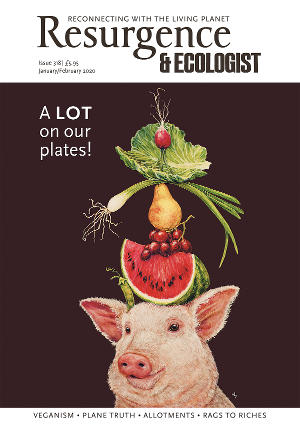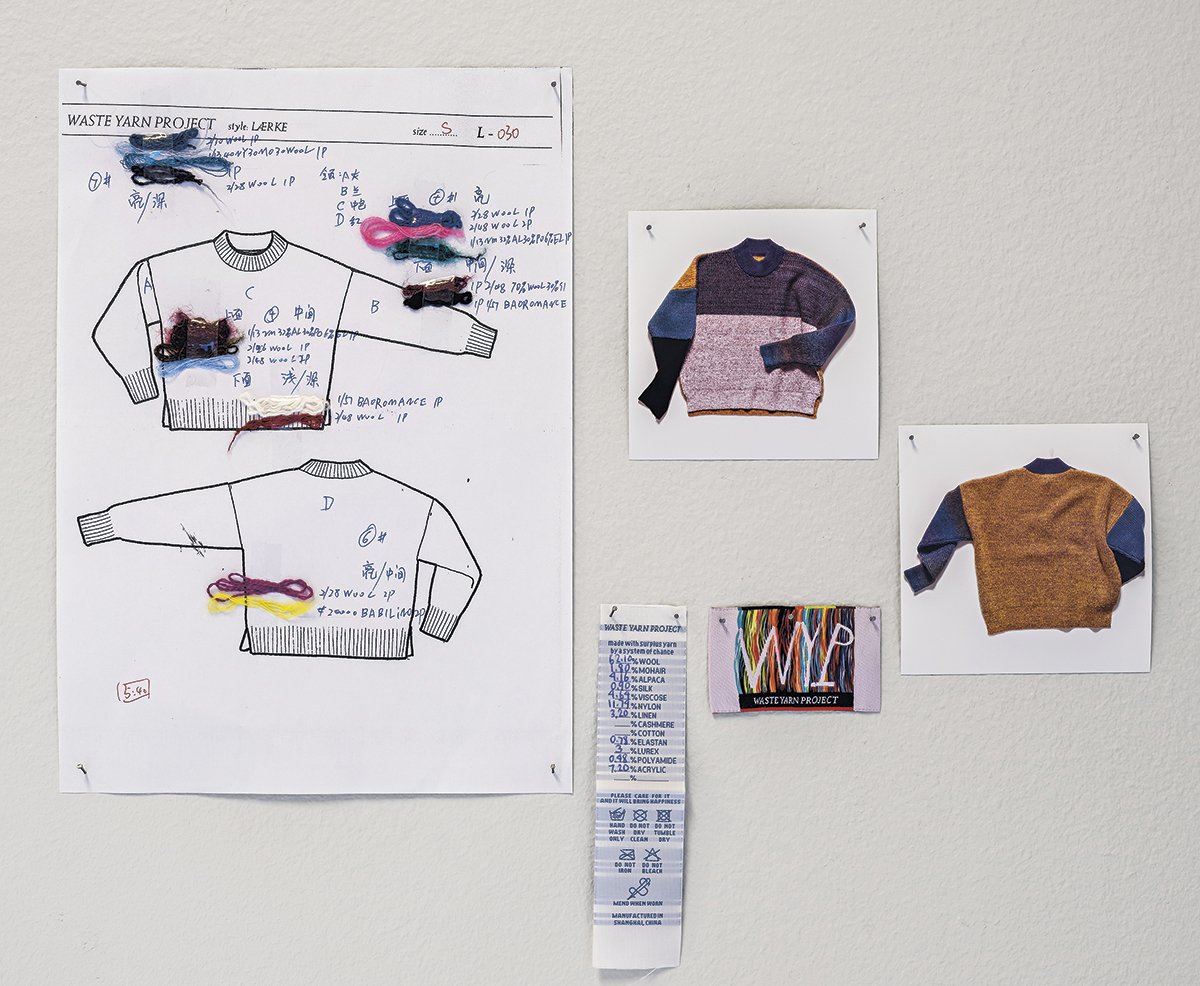Most of us know that the fashion industry, and especially fast fashion, increases consumption despite inhumane production conditions and serious negative impacts on the environment and climate. The climate crisis is acute, but when it comes to the consumption of fashion we are heading in the wrong direction. We close our eyes and keep buying cheaper and in greater quantities.
Ethically speaking, the industry is very problematic concerning overproduction, natural resources and labour. From the development of raw materials to the sale of the finished product, it employs more than 300 million people. The distance between market and producer is often enormous, and awareness and knowledge among producers and consumers is generally low. For several decades, fashion chains have embraced corporate social responsibility, following self-imposed ethical guidelines that, however, constitute only minimal steps towards a more responsible textile industry, when what is needed is a quantum leap.
How do we address this? Who is responsible? Is the industry neither willing nor able to limit volume, increase quality and radically improve
dignity for all employees? Are consumers able to think differently about the social and practical meaning of fashion? Can change take place based on established economic systems and ideas about capitalism, growth and linear resource utilisation? Is the only solution to stop producing textiles and clothing industrially? How should that take place? And what would the consequences be?
In the exhibition Don’t Feed the Monster! 12 designers and artists study these questions through visual narrative, design, activism, technology and an exploration of cultural history. British photographer Tim Mitchell presents two bodies of photographic artwork, intertwined in an installation highlighting the enormous contrast between two different worlds. Photographs from Welcome to Fashion Week (2002–5) flash constantly across screens at both ends of the narrow room, giving a sense of something that is forever changing. The Clothing Recycled (2004–5) series is represented by one solitary image on the wall, printed on recycled paper using a printer specialising in low carbon emissions. The image features women in a textile-recycling factory in Panipat, India. One of the women looks up from her work and straight into the camera. Clothing Recycled was made in cooperation with anthropologist Lucy Norris, exploring questions such as what a sustainable, ethical model of production might look like. The two series come together in the book Product (2019), which is also presented in the exhibition, and as they meet it becomes clear that fashion week in Milan and Paris and textile recycling in Panipat are two ends of the same story.
Another designer who deals with questions of sustainability in production through a hands-on approach is Norwegian Siri Johansen, who is head of knitwear for Kenzo in Paris. In this exhibition she presents her independent Waste Yarn Project (WYP). WYP collects waste yarn from knitwear factories in Shanghai, China, recognising that it doesn’t need to be wasted. The yarn is then knitted into unique sweaters dependent on chance and individual choices made by factory workers. The products are playful, colourful and sustainable. In the exhibition they are exhibited alongside a video presenting the project, fabric samples, and de-contextualised pieces of the production process, such as the wheel of fortune that makes up a small part of the comprehensive formula on which each design relies.
Don’t Feed the Monster! links contemporary art and clothing design. It aims to create a shared space for criticism of the paradigm of the textile and fashion industry, linear production, poorly paid labour, continuous new collections and constant economic growth.








